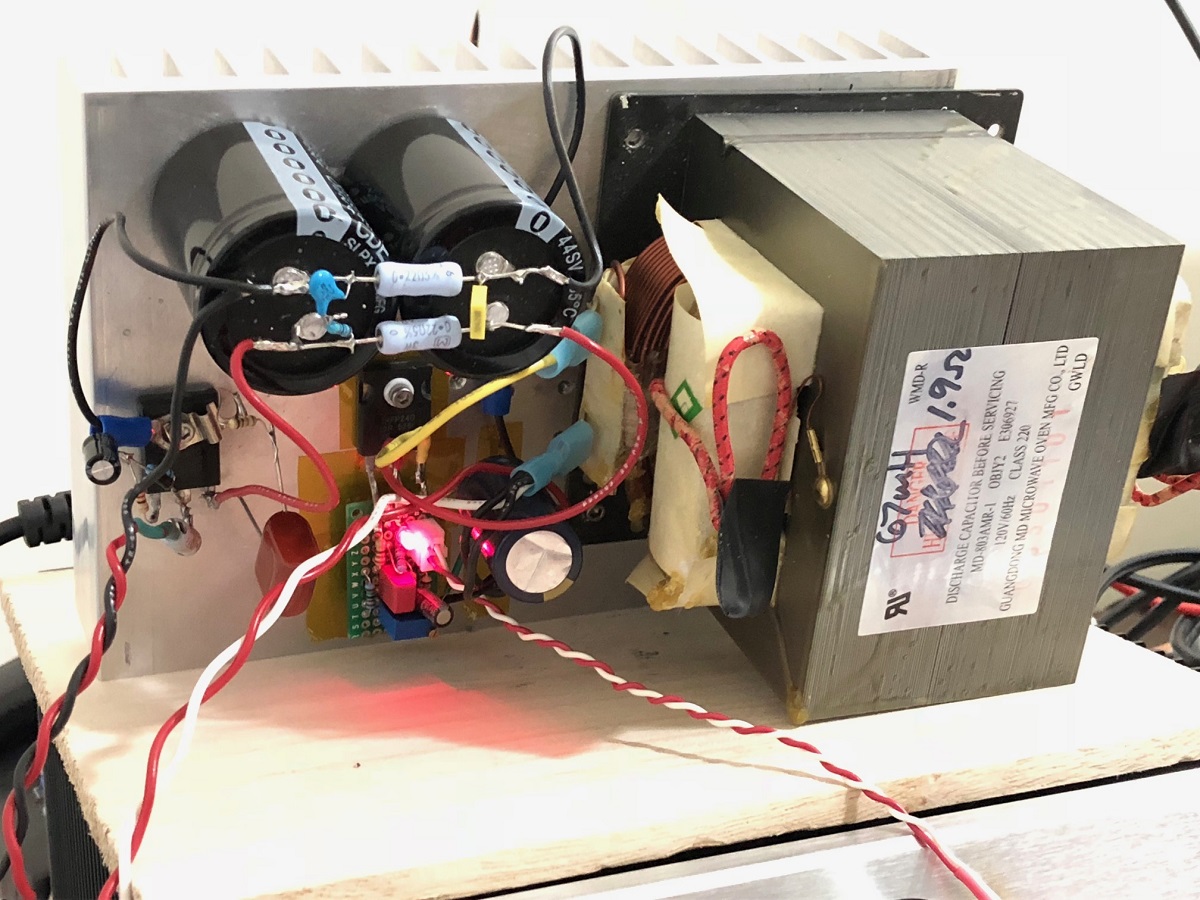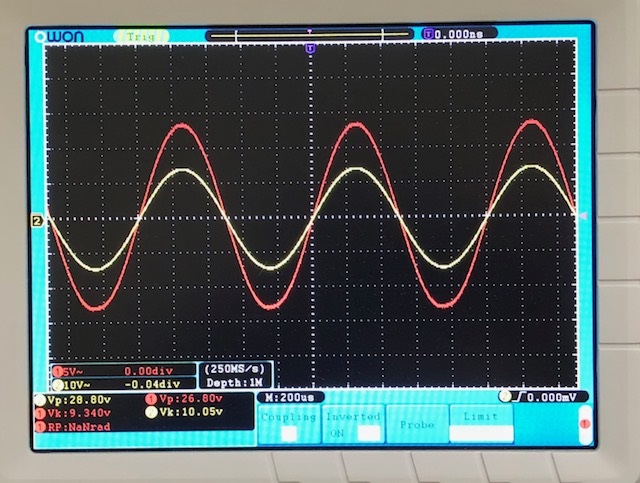Could you please suggest regarding power supply for integrated ACA amp.
I am planning to have remote controlled volume control, small lcd display , optional preamp gain stage, and aca amp in same cabinet. Currently powering up the ACA with 19v, 90w laptop power supply. So inside the box we will be getting 2 wires one +19v line and one 0v line.
For the remote control will be using ardunio which needs +5v.
So can i use the same 19v supply lines (and ground lines) from the main amp , convert it to 5v using LM317 and feed the digital part ie. ardunio, remote control receiver, lcd?
Both the supply (19v and gnd) lines will be connected at a single point where they will branch to main amp and other part branch to digital part.
I am planning to have remote controlled volume control, small lcd display , optional preamp gain stage, and aca amp in same cabinet. Currently powering up the ACA with 19v, 90w laptop power supply. So inside the box we will be getting 2 wires one +19v line and one 0v line.
For the remote control will be using ardunio which needs +5v.
So can i use the same 19v supply lines (and ground lines) from the main amp , convert it to 5v using LM317 and feed the digital part ie. ardunio, remote control receiver, lcd?
Both the supply (19v and gnd) lines will be connected at a single point where they will branch to main amp and other part branch to digital part.
Use a 24vdc SMPS (5amp wall plug brick often seen for LED lights). Use a MOSFET cap multiplier to drop it -4v down to 20v and reduce ripple and hum by -50dB. Then use add a CRC using 22mF//0.47R(5W)//22mF filter with 0.1uF 100v film bypass caps on both 22mFcaps or optionally a 330pF cap with 10R resistor in series as a snubber on input 22mF. CRC needs 0.47R on both postive and GND lines. This will give you about 19.5v of nice clean power with a slow ramp startup to avoid any pops when powering up. Take LM7805 to get 5v for the Arduino from the 19.5v - use a big heatsink as it drops 14.5v to get 5v.
That should work.
I did something similar for my MoFo here:
https://www.diyaudio.com/forums/pass-labs/313649-build-mofo-32.html#post5263537
You can see that I just P2P the cap Mx and the CRC (as well as the MoFo amp - on that tiny 1in x 1in green perf board at the bottom - yes, that is the MoFo amp - not much needed). You could use PCBs but not necessary.

Btw, IMO, the sound and power of the MoFo (with an 50mH to 70mH micrwave oven transformer as an inductor), driven by a good preamp like the Aksa-Lender is superior to an ACA in all departments for the same PSU. You can get about 27Vpp (11.3wrms) out of 19.5v rail, and the soundstage is superb.
https://www.diyaudio.com/forums/pass-labs/313649-build-mofo-33.html#post5264270

That should work.
I did something similar for my MoFo here:
https://www.diyaudio.com/forums/pass-labs/313649-build-mofo-32.html#post5263537
You can see that I just P2P the cap Mx and the CRC (as well as the MoFo amp - on that tiny 1in x 1in green perf board at the bottom - yes, that is the MoFo amp - not much needed). You could use PCBs but not necessary.
Btw, IMO, the sound and power of the MoFo (with an 50mH to 70mH micrwave oven transformer as an inductor), driven by a good preamp like the Aksa-Lender is superior to an ACA in all departments for the same PSU. You can get about 27Vpp (11.3wrms) out of 19.5v rail, and the soundstage is superb.
https://www.diyaudio.com/forums/pass-labs/313649-build-mofo-33.html#post5264270
Last edited:
Thanks for the very detailed info ..Take LM7805 to get 5v for the Arduino from the 19.5v - use a big heatsink as it drops 14.5v to get 5v.
So we may use same power source lines for analogue amp and digital part (Arduino and supporting LCD, remote and relays ) by dropping main supply to 5v ..
Regarding MOFO , are there any alternatives for the Hammond inductors which are used in its main thread ..
are there any alternatives for the Hammond inductors which are used in its main thread
If you look at the photo of my MoFo above, you will see it uses a standard microwave oven transformer. You can pull these out of dead microwaves, or order them online. They all seem to be made by one company in China.
They invariably look something like this with a white sticker and black or red print:

I used to be able to find them on eBay for about $25, now seems to be about $32. Cheapest way is to find a dead microwave in the trash or dumpster. Just do a search for "microwave oven transformer".
They work very well because they have very thick gauge low-DCR copper windings and very heavy duty steel laminated plates that can handle a high DC current (like 10 amps).
So we may use same power source lines for analogue amp and digital part (Arduino and supporting LCD, remote and relays ) by dropping main supply to 5v
Yes, connect the LM7805 before the CRC, and if you have problems, add a CLC filter in between the supply and the 7805. Make a simple CLC using a 1000uF//1mH//1000uF with a circa 47R resistor in parallel with the inductor. Put 100nF film cap bypass across the 1000uF caps. This should suppress any sort of digital noise from the Arduino back to your analog amp. Or use a USB wall plug charger to get 5v for your Arduino on a separate line.
Last edited:
- Status
- This old topic is closed. If you want to reopen this topic, contact a moderator using the "Report Post" button.